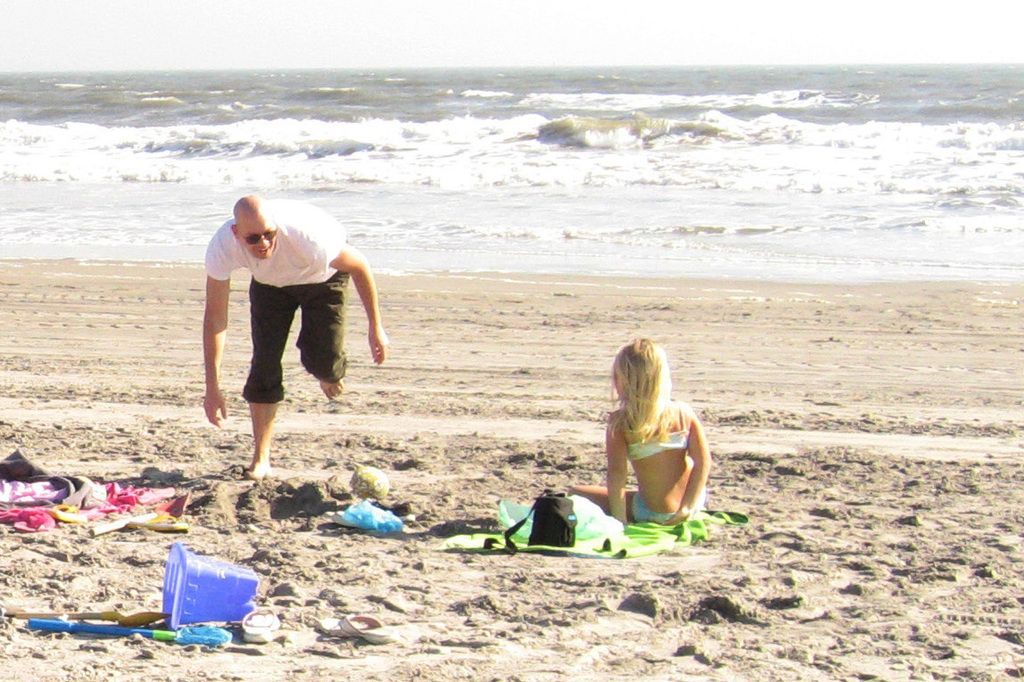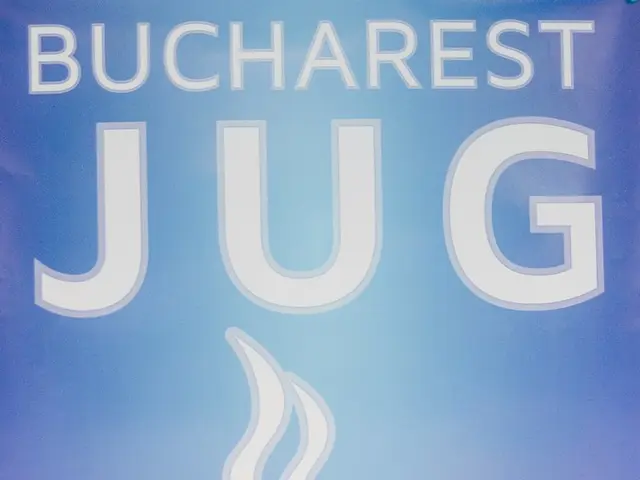Moments of Maximum Creativity: Exploring the Times That Spark Ideas and Ingenuity
Sitting back, enjoying your cup of java or taking a leisurely stroll, a spark ignites within you - it's an idea, fresh and exciting, seemingly appearing out of nowhere. This is a testament to the limitless creativity within us all. Creative folks, with their unique perspectives, remind us that imaginative ideas can bloom wherever, whenever.
Delving into your peak creative times is an intriguing journey into the brain's complex dance with imagination. It's not just about generating ideas but recognizing when they flow best. This knowledge isn't only interesting; it has significant real-life impacts on our daily lives. By pinpointing those moments when creative thinking is at its zenith, we can optimize our schedules, tasks, and environments to get the most out of our creativity.
The importance of realizing "What's your creative groove?" can't be overstated. This quest is deeply intertwined with psychology and mind science, offering insights that can elevate both personal contentment and professional effectiveness. Whether you're a writer in search of the right words, an artist hunting inspiration, or a problem-solver tackling complex issues, understanding your creative rhythm can be transformative.
Creativity is a mysterious force, guiding the human spirit towards innovation and discovery. So, what's at the heart of this fascination? Psychology and physiology intertwine to reveal that creativity isn't merely a sudden burst of inspiration but a culmination of various factors working together harmoniously.
What fuels our creativity?
At the core of our creative prowess lies the brain - a marvel of evolution and the bedrock of our imagination. Today, research within psychology sheds light on the intricate connection between brain function, sleep, and the impact of exercise on our creative potential. A key discovery in understanding creativity is the role of the default mode network (DMN). This network of brain regions activates during rest and introspection, suggesting that our most creative insights often arise not in the heat of active thought but in moments of detachment and daydreaming.
Studies further unveil the physiological roots of creativity, highlighting the importance of sleep. Adequate rest rejuvenates the mind, enabling memory consolidation and fostering novel connections between ideas. Similarly, exercise emerges as a potent catalyst for creativity, boosting blood flow to the brain and heightening cognitive agility - a fertile environment for creative ideas to take root.
Environment and mindset play the key roles
Beyond the biological basis of creativity lies the profound influence of our environment and mindset. The spaces we inhabit and our psychological attitude have a significant impact on our creative faculties. Environments that are open, stimulating, and natural can provoke the creative mind, serving as a canvas upon which our imagination paints its most vivid pictures. The tranquility of a park, the chaos of a bustling city street, or the cozy comfort of a personal studio can all provide backdrops for the creative process.
Mindset matters, too. A positive, open, and adaptable mindset creates fertile ground for creative ideas to sprout. The benefits of physical activity go beyond physiology, impacting our emotional and psychological wellbeing, thus setting the stage for a flourishing creative landscape.
Optimizing our workspaces and daily routines can significantly boost creative output. Simple adjustments, such as reducing technology distractions, organizing our office setup for focus and flow, and incorporating music or art can elevate the quality and quantity of creative work produced. These changes, grounded in an understanding of the science of creativity, can turn ordinary tasks into sources of inspiration and discovery.
Discovering Where is your creative potential at its zenith?
Identifying our creative selves takes us to an intriguing question: Early bird or night owl? This debate goes beyond preference as it delves into the impact of sleep and the brain's natural rhythms on creativity.
Early bird or Night Owl?
Research suggests that creativity can peak at different times for different individuals, depending on their circadian rhythms. Morning people may feel their creative peak shortly after waking, while night owls experience it later into the evening. Numerous examples from the worlds of art, science, and technology support this theory. The key lies in self-discovery and adapting our schedules accordingly.
The Power of Routine and Breaks
Structure and breaks are essential ingredients for creative success. Establishing a daily routine not only sets aside dedicated time for creative pursuits but also primes the brain for innovation, creating a rhythmic dance of discipline and spontaneity.
Equally important in the creative process are breaks. Rather than wasting time, breaks allow the mind to wander, a state where the brain engages in the default mode network, fostering creative ideas. It's during these periods of detachment from focused work that our minds can make unexpected connections, fostering breakthroughs and novel solutions.
The role of mindset in creativity
A positive, open, and resilient mindset is vital for tapping into creative potential.
Incorporating the right tools and strategies can significantly amplify your creative abilities. To embark on this creativity-enhancing journey, engage in the following intentional action steps:
- Carry a pocket notebook everywhere to jot down ideas when they strike.
- Explore new digital tools weekly to boost your creative workflow.
- Recognize early signs of burnout and have go-to activities for mental rejuvenation.
- Practice mindfulness daily to maintain a creative, balanced mental space.
More posts: DIY Home Décor on a Budget
More posts: Building Your Creative Environment
Enrichment Data:
Factors Influencing Personal Peak Creativity Times
- Identifying and optimizing personal peak creativity times involves understanding psychological, emotional, environmental, and personal characteristics that impact creativity.
- Psychological factors: motivation, flow state, emotional state.
- Creativity resources: curiosity, openness, imagination, divergent thinking, associative thinking, tolerance of ambiguity.
- Environmental and personal factors: work-life balance, distraction control, personal background, and training.
- Timing and routine: early career creativity, daily productivity rhythms, identifing peak productivity times, and establishing consistency.
By understanding and addressing these factors, individuals can optimize their personal peak creativity times for maximum creative output.
- To delve deeper into understanding your creative potential, explore the role of your default mode network (DMN) in fostering creativity during moments of daydreaming and introspection.
- Implementing a structured daily routine, complete with designated creative time, can create a rhythm that optimizes your brain's potential for innovation and boosts your overall creative output.
- Embark on a journey of self-discovery to find out whether you're an 'early bird' or a 'night owl', and adapt your schedule to suit your peak creative times for maximum efficiency and productivity.







